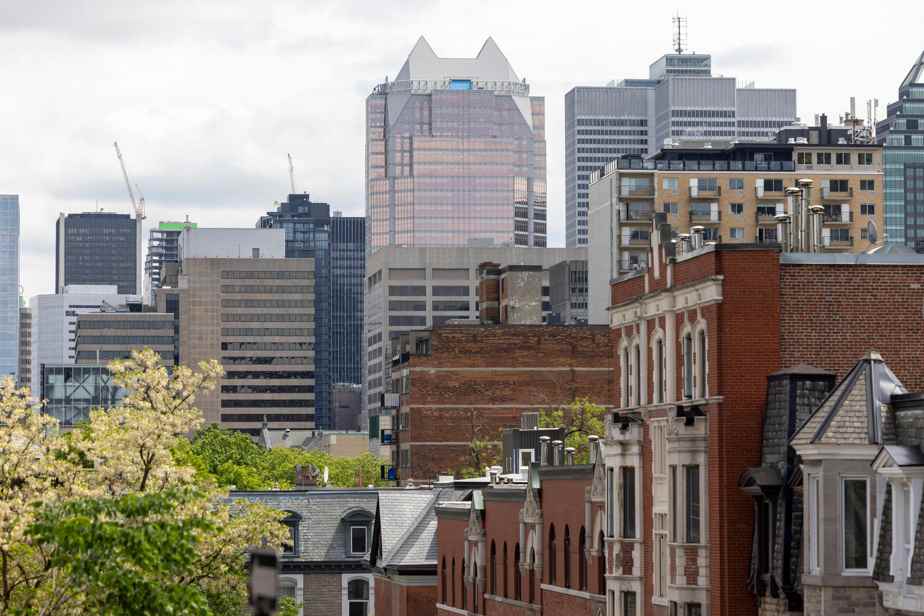The lifting of sanitary measures has done the greatest good to downtown Montreal, hard hit by the pandemic. Five out of six indicator categories show notable signs of improvement, but “concerns remain” about offices, according to a study updated Monday.
Posted at 7:00 a.m.
The improvement is palpable in retail. The number of closed businesses is decreasing in the city center. In the underground galleries, half of the shops and restaurants that were closed six months ago have since reopened, according to the latest version of the study The state of downtownprepared by Montréal centre-ville and the Urban Development Institute of Québec (IDU) in partnership with the provincial and municipal authorities.
This edition of The Downtown State de Montréal presents an update of data for the first quarter of 2022 on the level of activity in six categories of indicators: offices, businesses, housing, higher education, tourism and transport. The data is drawn in particular from a web survey carried out at the beginning of May 2022 among 1,000 residents of the Montreal metropolitan area.
In terms of housing, the authors of the study are delighted that the residential function of the city center has continued to grow during the two years of the pandemic. There were 26,000 residents in the borough of Ville-Marie in 2021.
As for public transport, ridership is certainly up compared to previous quarters, but remains half of what it was before the pandemic. “In the first quarter of 2022, we find the modal shares before the pandemic. It’s all about proportions. With teleworking, the raw numbers of trips have decreased, ”reads the document unveiled on Monday.
Ah, telecommuting! It is proving more resilient than hoped for by downtown supporters. University benches are neglected by 13% of the cohort of students who studied remotely in the first quarter of 2022, compared to 4% before the pandemic.
In offices, the proportion of teleworkers remains high. At the end of March, the offices available for rent represented the equivalent of 40 towers the size of 1000 De La Gauchetière. This proportion will likely continue to rise in the coming months, as reported on Friday The Press on the front page of its business section.
Jean-Marc Fournier, CEO of the Urban Development Institute, wants to qualify this rather gloomy portrait. “The office market has seen high levels of availability in the past, prices have adjusted and the market has eventually recovered,” he said in a telephone interview.

PHOTO ROBERT SKINNER, THE PRESS
Jean-Marc Fournier, CEO of the Urban Development Institute of Quebec
He believes that the commissioning of the Metropolitan Express Network will also have an effect that is not reflected in the current data. He is also pleased that the proportion of businesses wishing to stay downtown has increased from 74% to 82% since the last survey last fall.
Montreal downtown beats the recall of the troops
In order to help patients speed up their convalescence, downtown Montreal will lead an Alliance bringing together some forty partners. The first initiative will be devoted to highlighting the jewels, public spaces and significant buildings of the city centre.
Other actions concern parking, the embellishment of alleys, the reception of visitors, the strengthening of security and cleanliness and the animation of the streets.
The concerted work of downtown stakeholders over the past two years is bearing fruit, but the pace must not be slowed down.
Glenn Castanheira, general manager of Montreal centre-ville, in a press release
The standing committee of the Alliance includes the usual suspects: governments, the Board of Trade of Metropolitan Montreal, the IDU, the Junior Chamber of Commerce of Montreal, the Palais des Congrès de Montreal, the Quartier des Spectacles, Tourisme Montreal and McGill University.

